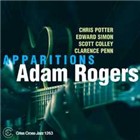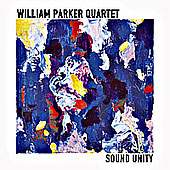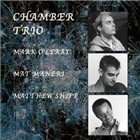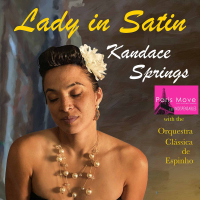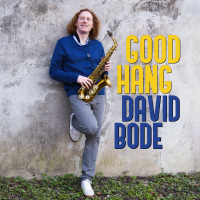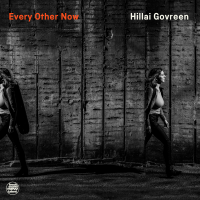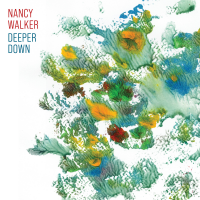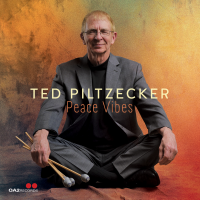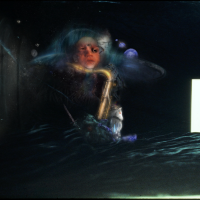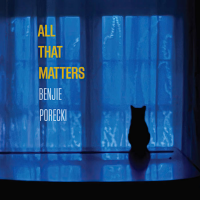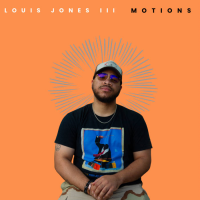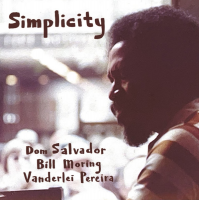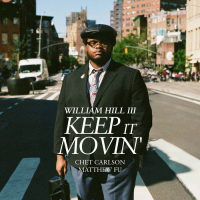Home » Jazz Articles » Album Review » Adam Rogers: Apparitions
Adam Rogers: Apparitions
Still, in the hands of artists including Dave Holland, Oregon, and Paul Motian—all with associations that have remained more or less constant over a longer term—there is the opportunity to hear how music can evolve through the kind of chemistry possibly only with longstanding collaboration. There's also the advantage of being able to write music for a specific group of players in mind and knowing how they'll respond.
It's no coincidence that guitarist Adam Rogers has been using the same quartet—pianist Edward Simon, bassist Scott Colley, and drummer Clarence Penn—for all three of his Criss Cross recordings, including his latest, Apparitions, and has featured saxophonist Chris Potter on the last two. It's all about slow, steady growth, and while Rogers doesn't make quantum leaps from album to album, he does manifest clear evolution.
While Rogers has developed a reputation for being the kind of musical chameleon who can play everything—from the harder urban edge of Lost Tribe, the cooperative band he co-led throughout the '90s, to the gentler aesthetic of Edward Simon and ex-Lost Tribe saxophonist David Binney's Afinidad—his own records have been characterized by a tone that bears some precedence in Metheny's warm, hollow-bodied sound. Rogers shares another characteristic with Metheny—the ability to write tunes that appear effortless and seem to flow with an unconsidered ease, yet reveal deeper rhythmic and harmonic complexities when examined under the hood.
Rogers displays tender lyricism on "Persephone" and "Moment in Time," ballads which feature him on classical and acoustic guitar respectively; and gentle, approachable swing on "The Maya," where he's back on electric. But he's equally disposed to a more aggressive stance on the fiery "Tyranny of Fixed Numbers" and an abstruse posture on "Continuance," which builds from a rapid-fire theme into freely improvised sections that highlight Potter's boundless energy, Simon's contrapuntal left hand/right hand independence, and Rogers' own ability to construct a solo from the most humble of beginnings. The title track is a more through-composed miniature, dark and abstract.
Rogers, like Binney, has been gradually emerging as not only one of his generation's more distinctive players, but also as a writer who comfortably blends heady intellectualism with visceral punch. Apparitions demonstrates the power of combining one's own artistic vision with the advantage of ongoing collaboration.
Track Listing
Labrynth; Tyranny of Fixed Numbers; Persephone; Continuance; The Maya; Apparitions; Amphora; Moment in Time.
Personnel
Adam Rogers
guitarAdam Rogers: guitar; Chris Potter: tenor saxophone; Edward Simon: piano; Scott Colley: double bass; Clarence Penn: drums.
Album information
Title: Apparitions | Year Released: 2005 | Record Label: Criss Cross
Tags
PREVIOUS / NEXT
Support All About Jazz
 All About Jazz has been a pillar of jazz since 1995, championing it as an art form and, more importantly, supporting the musicians who make it. Our enduring commitment has made "AAJ" one of the most culturally important websites of its kind, read by hundreds of thousands of fans, musicians and industry figures every month.
All About Jazz has been a pillar of jazz since 1995, championing it as an art form and, more importantly, supporting the musicians who make it. Our enduring commitment has made "AAJ" one of the most culturally important websites of its kind, read by hundreds of thousands of fans, musicians and industry figures every month.


